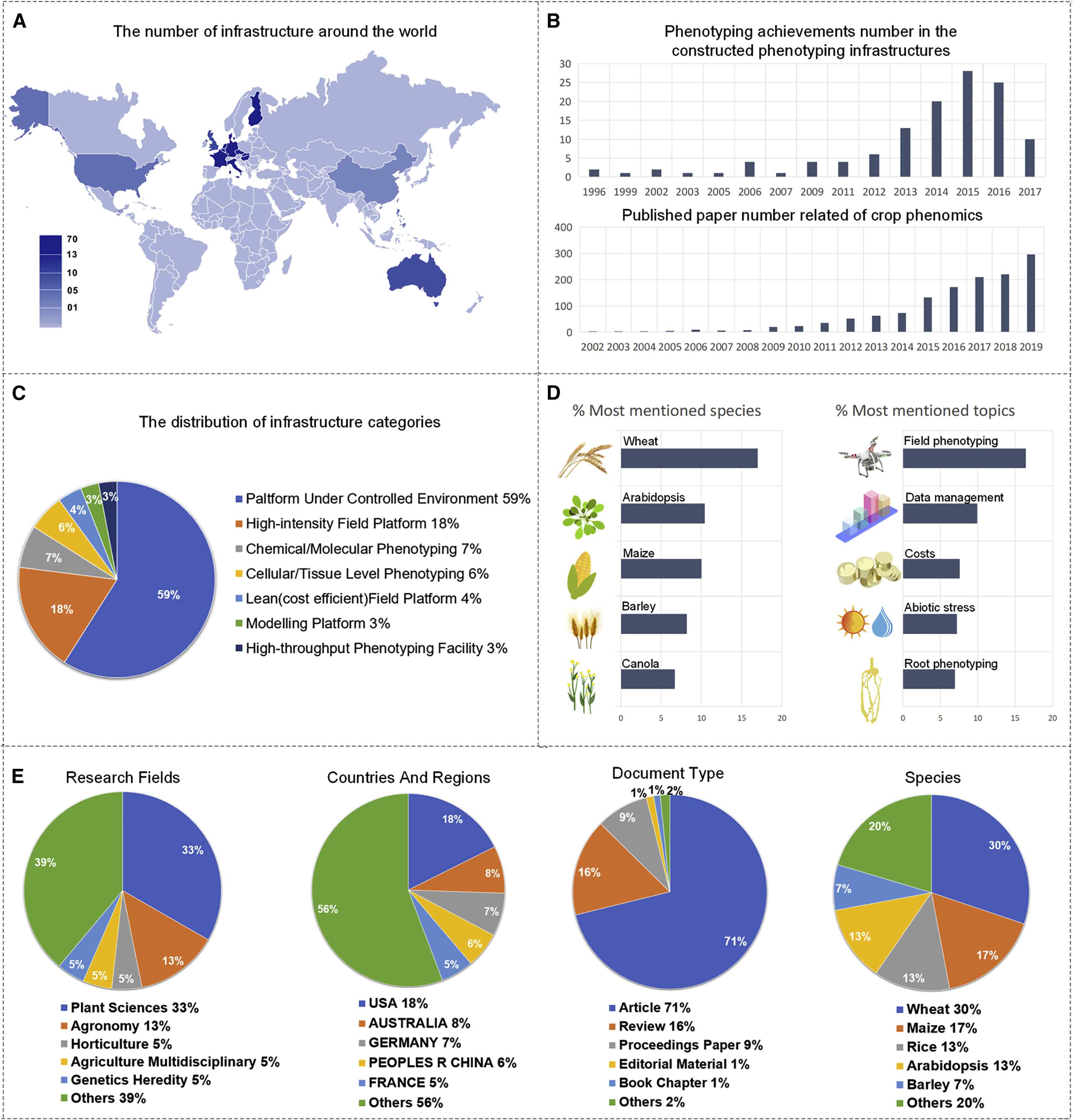Plant Phenotyping Surveys
Sustainable food security and increasing availability of plant biomass for human nutrition and bioindustries is the key challenge for the coming decades. Understanding the physiological and genetic basis of plant growth and its translation to crop improvements is vital to address the future challenges. This requires concerted action to closely interact between different stakeholders to evaluate and map the demand for phenotyping, available infrastructure, to evaluate the opportunities and limitations and, to discuss strategies for the development of the plant phenotyping community. For that purpose, we initiated surveys with some basic questions related to plant phenotyping to assess the status of the emerging field. The surveys addressed participants from all continents and we try to compare the results between different continents. However, some results may not be representative because a low number of participants per continent.
Beginning of 2020, Yang et. al evaluated data from surveys between 2014 - 2018, summarized in following figures:

The Current Status of Global Phenotyping: (A) The distributional map of plant phenotyping infrastructures around the world. (B) Number of phenotyping achievements and number of published crop phenomics-related papers in the past 20 years. (C) Classification of infrastructures. (D) Summary of species and topics from IPPN surveys (2014 and 2016). Reference: database of the International Plant Phenotyping Network (IPPN, https://www.plant-phenotyping.org/ippn-survey_2016). (E) The distribution map of crop phenomics or high-throughput crop phenotyping-related papers by research field, region, document type, and species (searched in Web of Science).
Go to publication